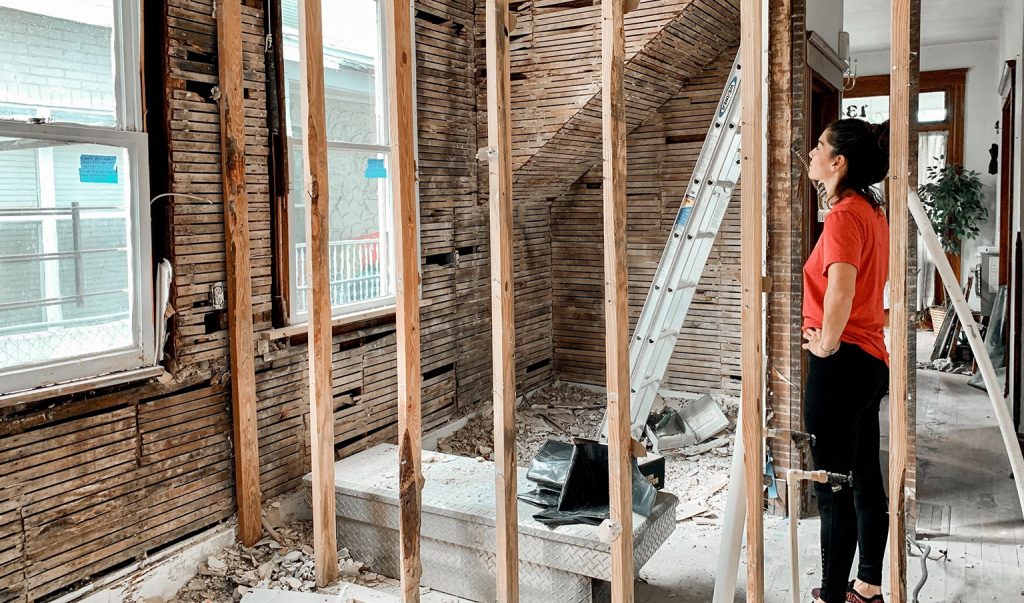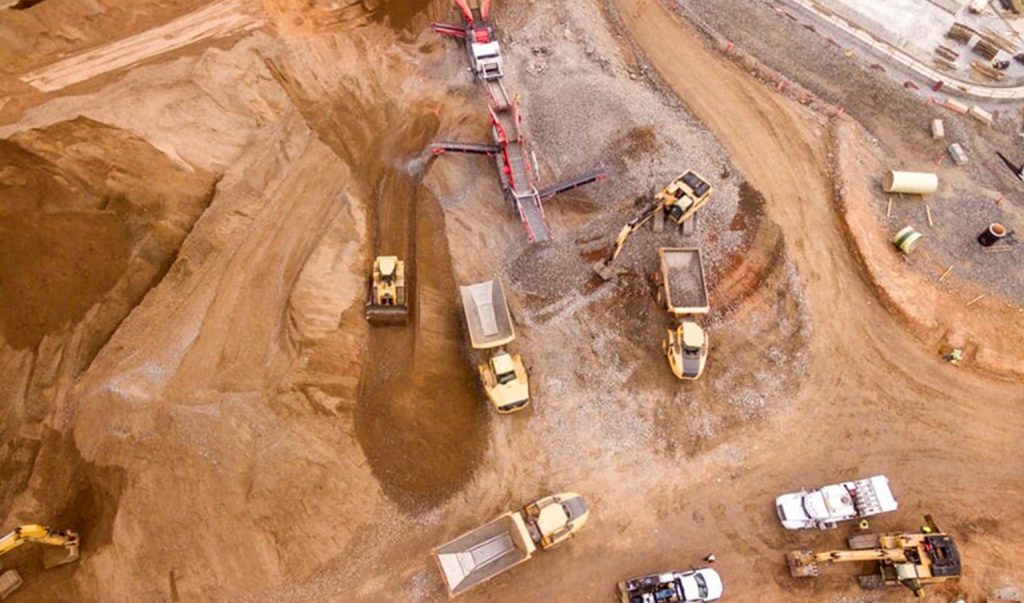3 Things Project Teams Need To Get A Construction Project Back On Track
Growing a business in the construction industry takes a lot of hard work, planning and strategy, but with the right help it doesn’t have to be overcomplicated or overly stressful.
There is a myriad of reasons why a project can start to stall, not make progress, or even fall behind.
No matter what type of project you have whether it’s major civil works, multi-billion dollar commercial precincts or small office fit-out – the nature of project stalls and failures are often simple and reversible.
1. Honesty: put everything on the table.
You first must get to the root cause of how and why a project is where it is if you want things to change. It can be difficult because it requires accountability AND a willingness to change the way things are being done.
Are there processes that are causing delays? Is there a lack of information and transparency? Or, are there not enough people or resources to carry the load?
It’s not productive or helpful to continue doing the same things on a project and expect different results. To make a positive change on a project that isn’t moving in the right direction, the project team needs to get to the bottom of the reasons why and then put a plan in place to change it.
someone who understands the industry and will help you get you the results you want.
2. Direction: put a plan in place, stick with it.
The plan for change can take shape when the team clearly identifies reasons for project issues.
This is where project leaders stand out. The project team needs to rally around the clear direction given by its leaders.
This is stage is about communication and building communication and trust in the project team. It ensures real steps are taken to move the project in a better direction. delegating effectively, building accountability and trust in the team and ensuring that real actions are being taken to move things in a better direction.
3. Accountability: review the results and build momentum.
Your team has identified the issues and actively put a plan in place to resolve your stalled project. Now, those actions need to be assessed honestly so their impact on the project can be judged.
It may take time to see tangible results from any new changes made. It’s also common for things to ‘get worse’ before they get better.
The positive is this. By actively keeping a finder on the pulse of a project, putting issues on the table, making adjustments and staying accountable to those changes any project can reduce its risks before they become major issues.
The main constant in all projects is people. No matter the size or complexity, when teams of people communicate effectively and have a process in place to resolve the big issues the benefits will compound across the project resulting in quality work.



